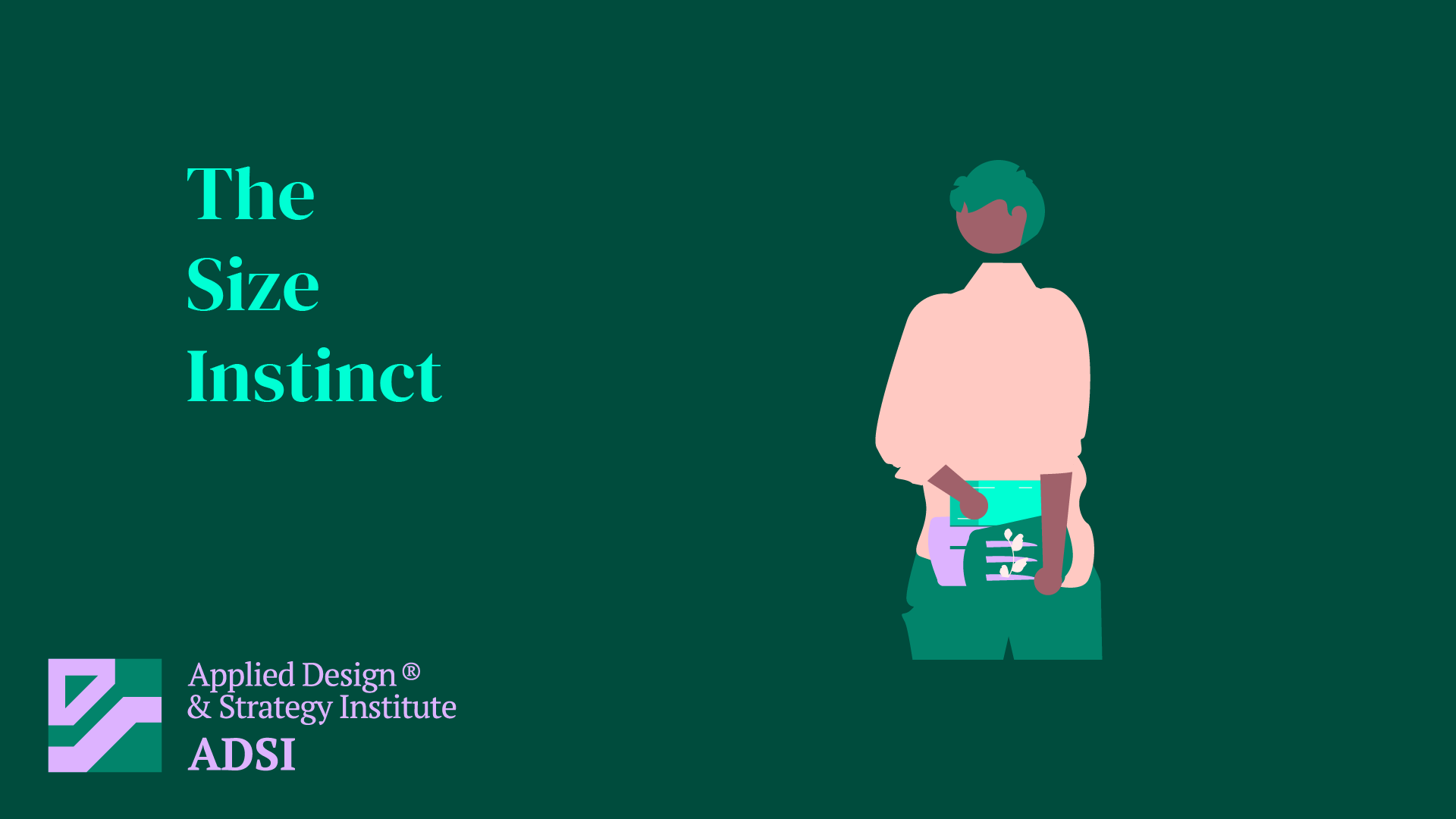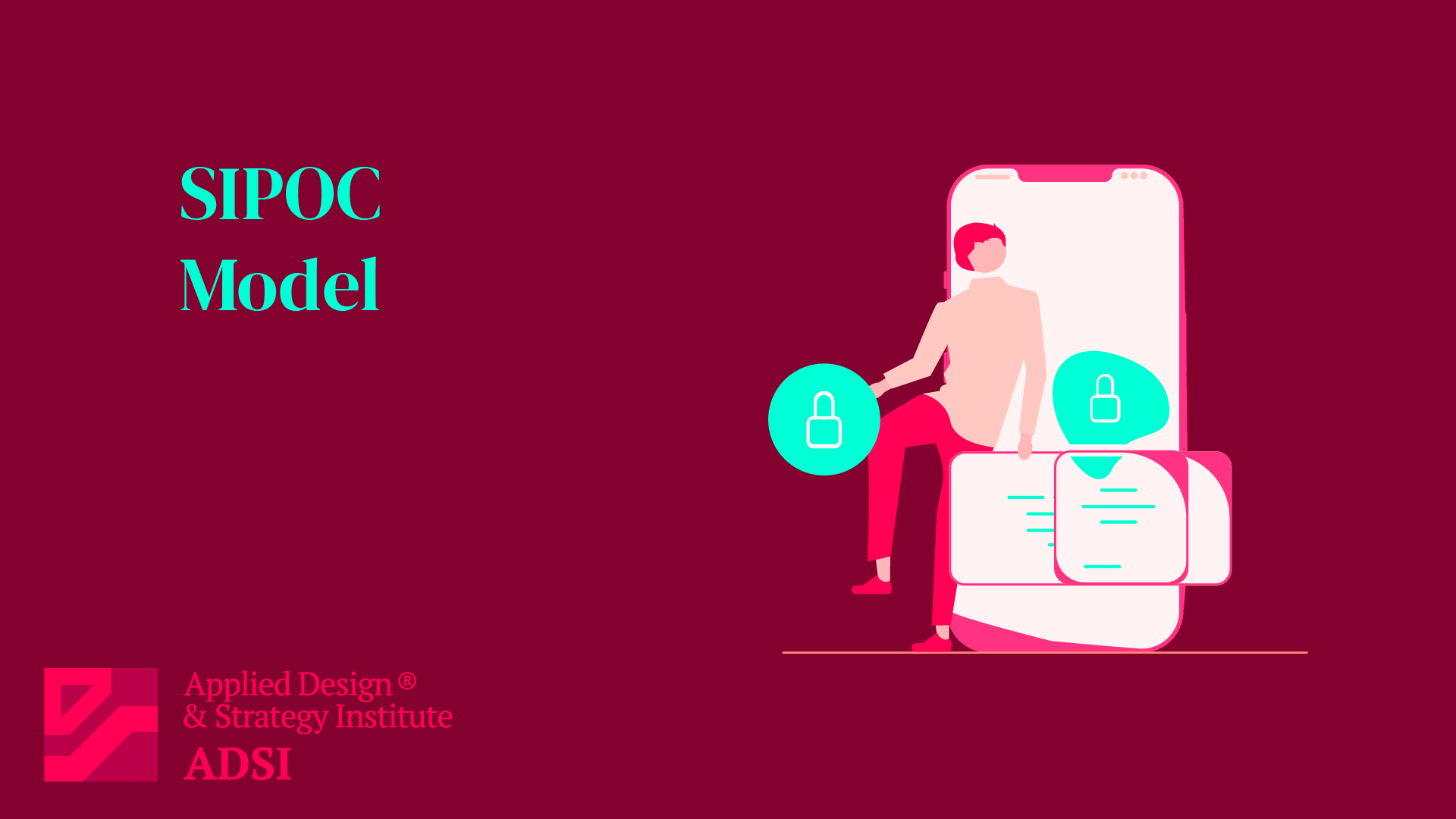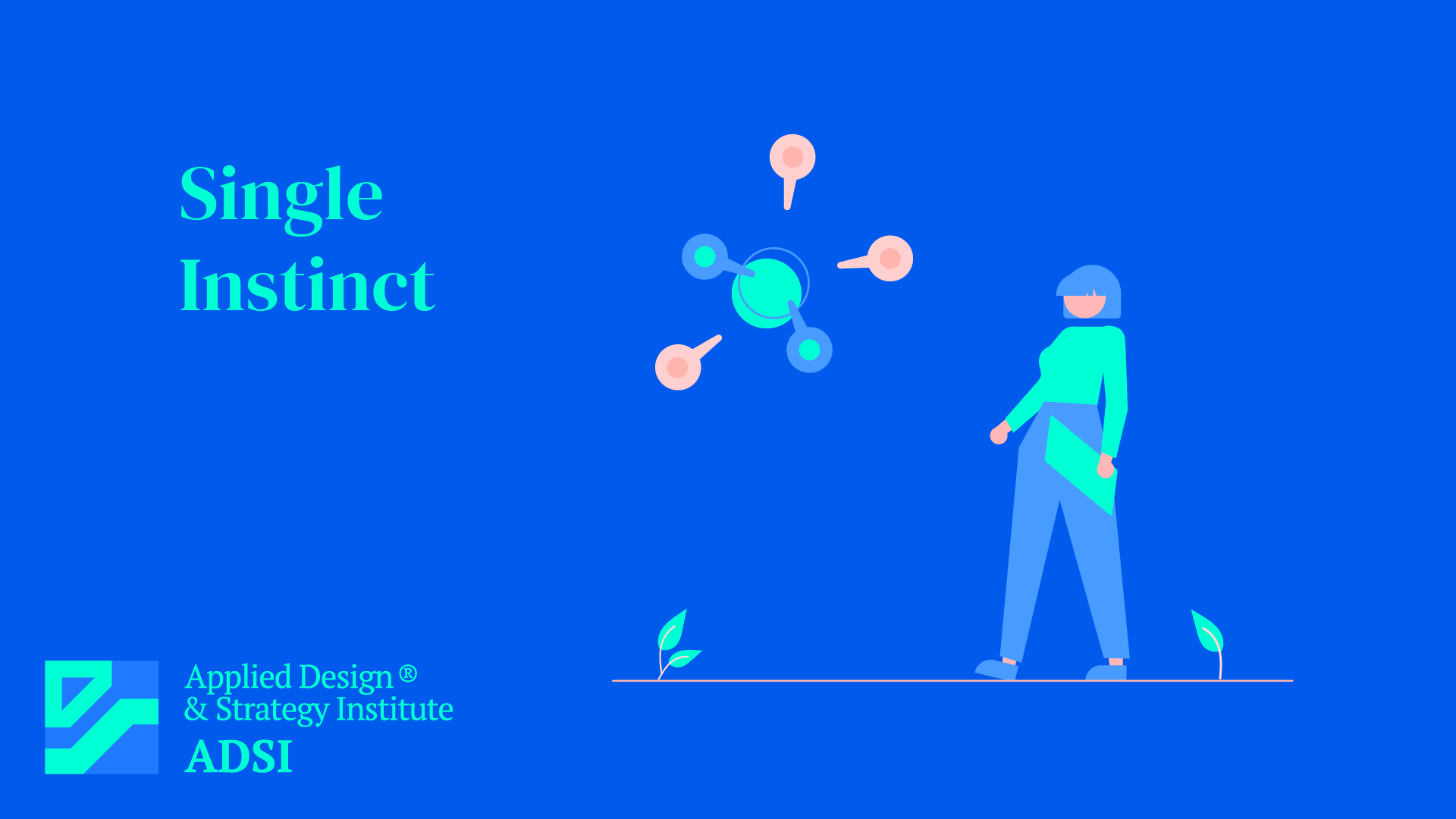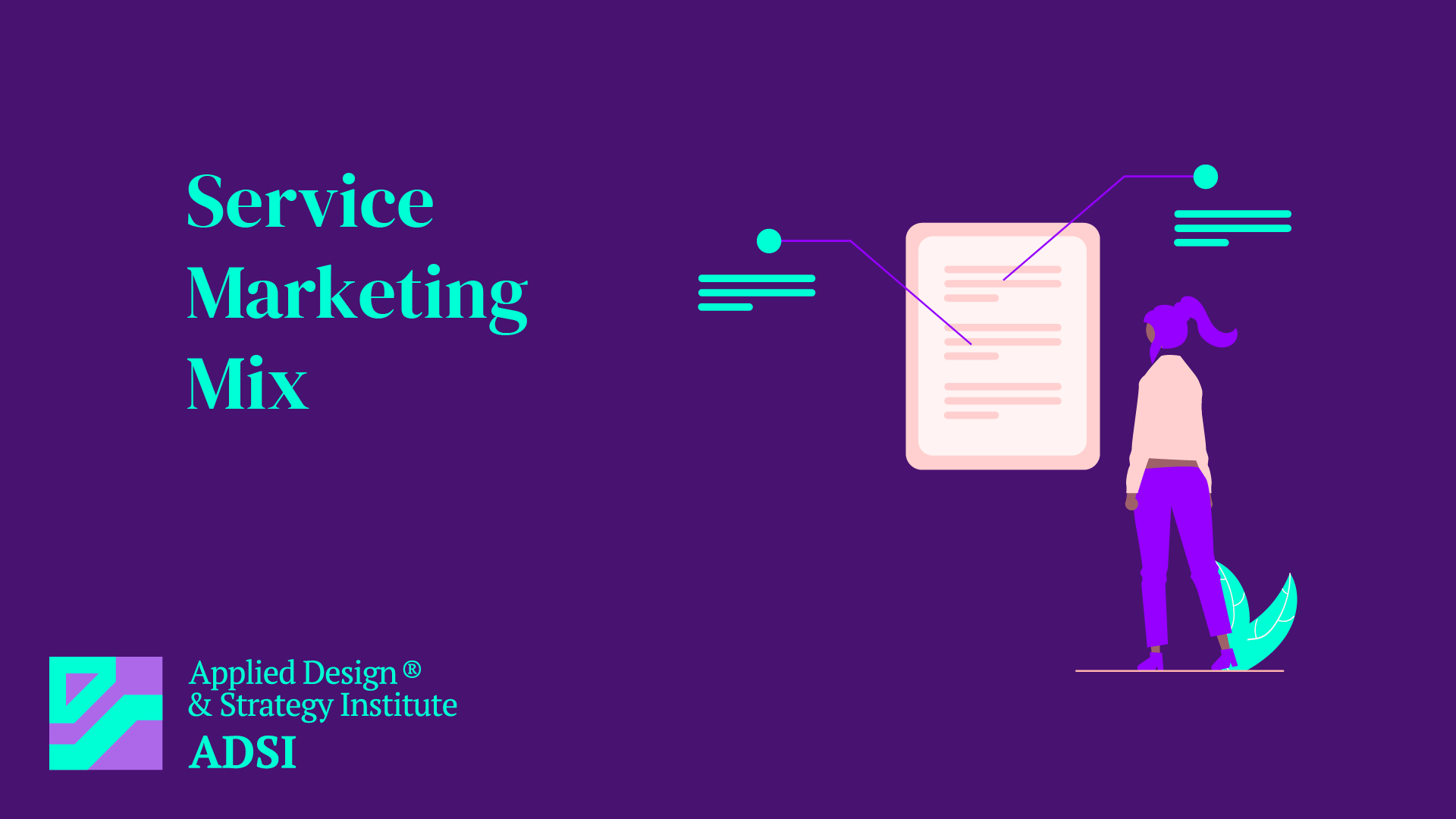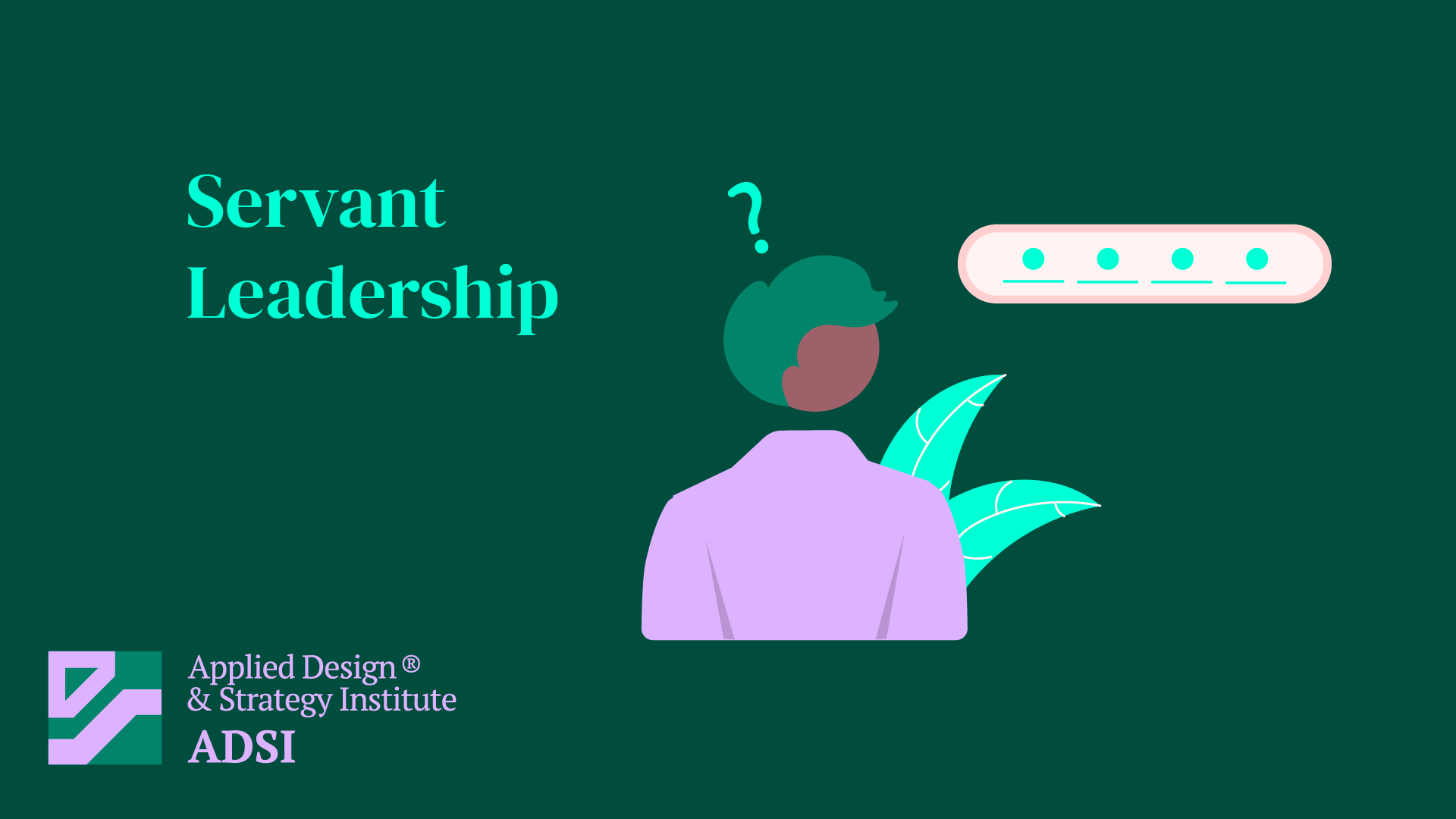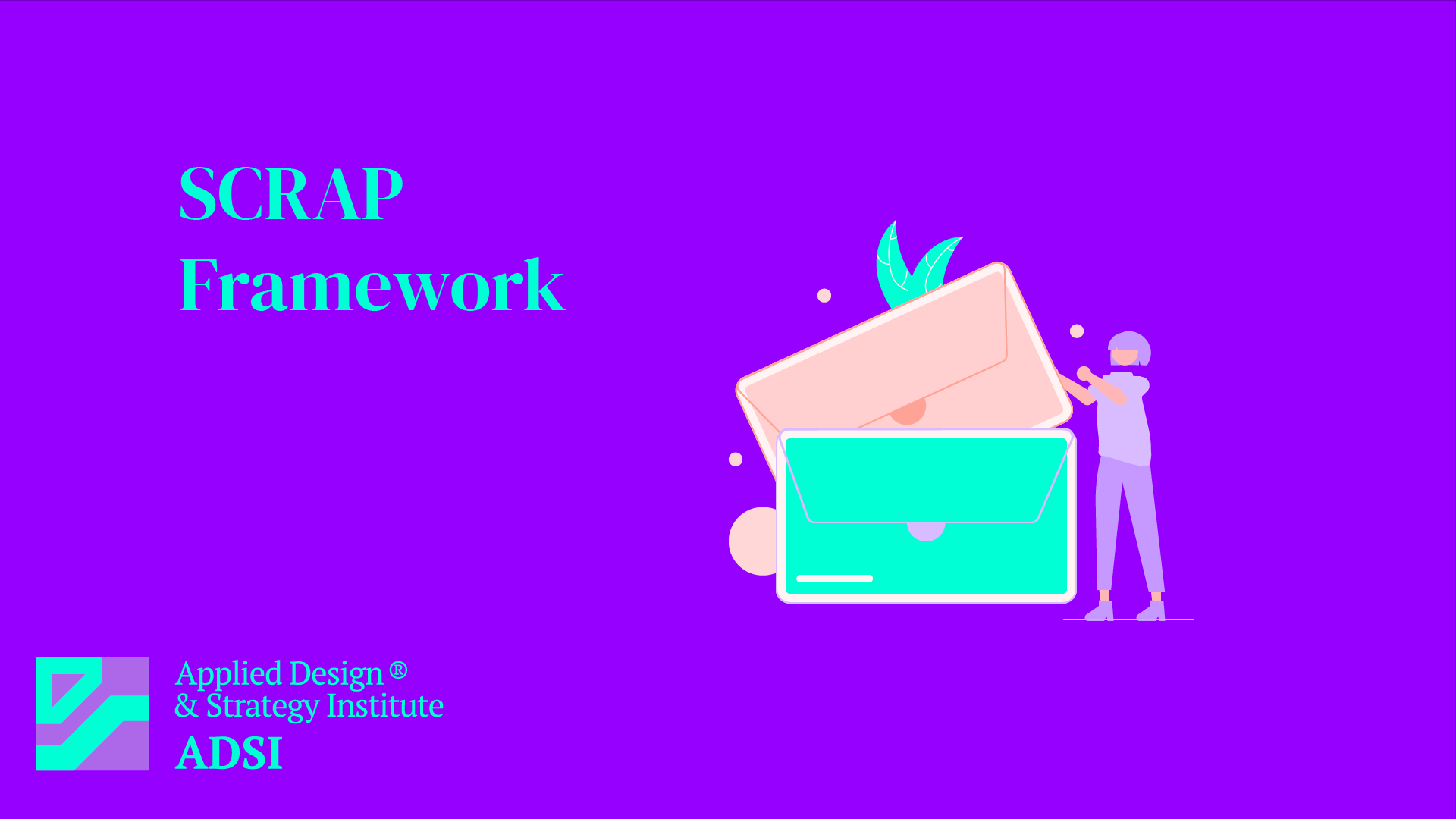SMART Goals
Introduction SMART Goals is a framework for setting clear, achievable objectives. The acronym SMART stands for Specific, Measurable, Achievable, Relevant, and Time-bound. Developed in the early 1980s, this framework helps in creating effective and actionable goals. Components of SMART Goals Application in Various Settings SMART
Size Instinct
Introduction The “Size Instinct” is a term popularized by Hans Rosling in his book “Factfulness.” It refers to the tendency of people to misjudge the size or scale of a problem or phenomenon, often due to a lack of context or perspective. In organizational and business contexts, understanding and overcomi
Six Sigma
Introduction Six Sigma is a set of techniques and tools for process improvement, developed by Motorola in 1986. It seeks to improve the quality of process outputs by identifying and removing the causes of defects and minimizing variability in manufacturing and business processes. Key Concepts Principles of Six Sigma Application
SIPOC Model
Introduction SIPOC, an acronym for Suppliers, Inputs, Process, Outputs, and Customers, is a tool used in process improvement and Six Sigma methodologies. It helps in visually documenting a process from beginning to end, providing a high-level overview that is essential for process analysis and optimization. Components of the SIP
Single Instinct in Organizational Decision-Making
Introduction The concept of a “single instinct” in an organizational context might refer to the idea of relying predominantly on one core instinct or intuitive approach when making decisions. This contrasts with multi-faceted decision-making processes that incorporate various data, opinions, and analytical methods. U
SERVQUAL
Introduction SERVQUAL, developed by Parasuraman, Zeithaml, and Berry in the 1980s, is a service quality framework that assesses customer service quality in business. It’s based on the perception gap between expected service and perceived service. The model identifies five key dimensions of service quality. The Five Dimensi
Services Marketing Mix
Introduction The Services Marketing Mix, an extension of the traditional 4 Ps of marketing (Product, Price, Place, Promotion), was developed to address the unique challenges of marketing services. It adds three additional Ps: People, Process, and Physical Evidence, making it the 7 Ps of marketing. The 7 Ps Explained Application
Servant Leadership
Introduction Servant Leadership is a leadership philosophy first proposed by Robert K. Greenleaf in 1970. This approach emphasizes the leader’s role as a servant first, prioritizing the needs of employees and the community over traditional authoritative leadership styles. Core Principles Application in Leadership Servant L
SCRAP Framework
Introduction The SCRAP Framework is a tool used in project management and organizational development to assess and improve processes and workflows. SCRAP stands for Simplify, Combine, Rearrange, Automate, and Prioritize, encapsulating key strategies for optimizing operations. Components of the SCRAP Framework Application in Busi
SCP Framework
Introduction The Structure-Conduct-Performance (SCP) Framework is a model used in industrial organizational economics to understand how market structures influence a firm’s behavior and performance. Developed in the mid-20th century, this model helps in analyzing different market and competitive environments. Components of



